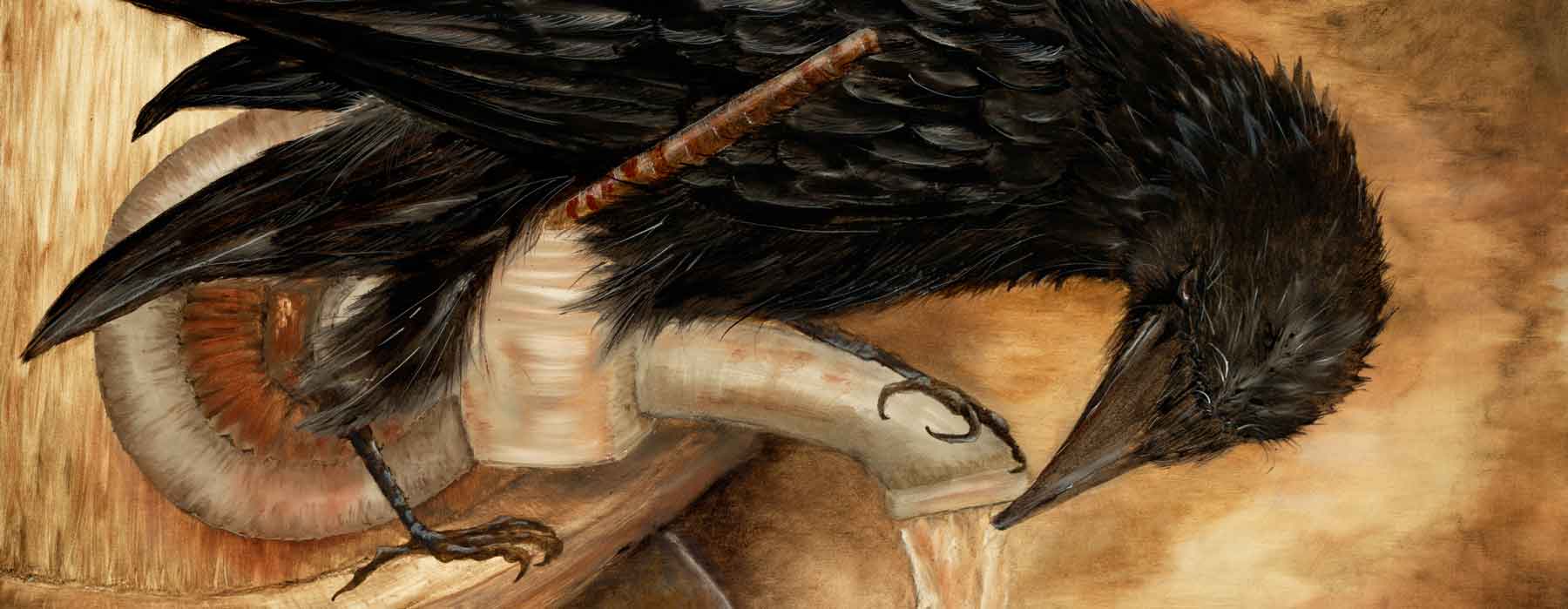Most farmers dislike beavers with a passion bordering hatred. The reason why that is, at least for the ones I asked, is because they’re always trying to back up the creek. And when they’re successful, it causes the ground to become saturated. And then tractors have a tendency to sink to the axles when cutting hay.
I don’t particularly like to see the damage to this tree, but apparently the beaver sees a good need for it… although I can’t imagine any beaver out here needing *that* tree. There are plenty of smaller ones it could have used for twigs to strip and eat. And that tree is far too large for any dam on this creek.
Besides, here in the rocky Ozarks, beavers use rocks for dams. This surprised the heck out of me the first time I saw a beaver dam on the creek that follows our road. I thought surely the water must have piled the rocks in a line like that. Then one day I saw the beaver carrying a rock between his front paws. They do add twigs and whatever mud they can find, but the bulk of the dam is made of rocks. And it all washes away in the first good rain.
Beavers are responsible for entire environments, habitats and ecosystems. Their habit of backing up water is beneficial to many life forms. When water backs up, a marsh is created and sometimes a pond. At the very least, the water in the creek before the dam gets deeper, which supports more fish. Many animals thrive in this marsh, from insects, to frogs, turtles, crawfish, minnows and sometimes fish if a pond develops, and birds.
Plants like cattails and skunk cabbage grow in the marsh and pond edges. Sundew do too. Other larger mammals begin to utilize the new environment, too. Deer come to drink, as do all of the other creatures in the area like bears, raccoons, foxes and coyotes and rabbits.
Prey and predator alike benefit from the environment created by beavers.
Only the humans resist the natural and obsessive urge of a beaver. And yet we like to dam rivers at any chance, too. The difference is that our dams are generally on a much larger scale and we tend to groom the boundaries and new inhabitants to suit our own purposes. And we also sometimes allow new ecosystems to build – as long as those ecosystems fall into our plan for the affected surroundings.
The beaver is one of our largest native environmental engineers. Other creatures change ecosystems and environments, but I can’t think of one (apart from humans) that make a bigger impact.
Most of the landowners out here kill them on sight. And I wander our own little creek whispering calls to entice, but my siren pleas go unheard.
Contact Mad Rox: (479) 409-3429 or madison@madisonwoods and let me know which hat I need to put on 🙂 Madison for art, Roxann for real estate, lol. Or call me Mad Rox and have them both covered!
***
Author/Artist Info
________________________________
Roxann Riedel is a salesperson for Montgomery Whiteley Realty, artist, owner of the only ginseng nursery in Arkansas, and the author of books and this website. Madison Woods is the pen-name she uses for her creative works. She’s a self-taught artist who moved to the Ozarks from south Louisiana in 2005. Her paintings of the Ozark-inspired scenes feature lightfast pigments from Madison county, Arkansas. Her inspiration is nature – the beauty, and the inherent cycle of life and death, destruction and regeneration. Wild Ozark is also the only licensed ginseng nursery in Arkansas. Here’s the link for more information on the nursery
There’s always a discount for paintings on the easel 😉
Online Portfolio
Click here to join her mailing list.
LIKE & SUBSCRIBE ON YOUTUBE
https://www.youtube.com/@wildozark


